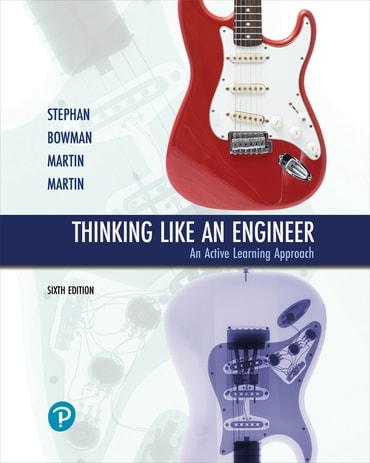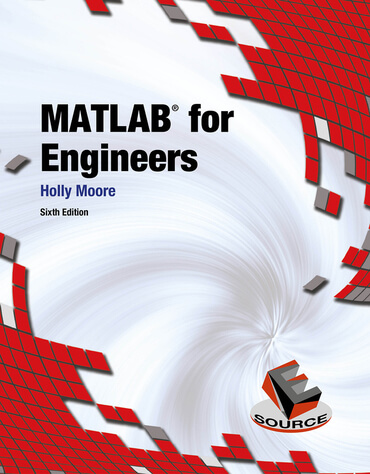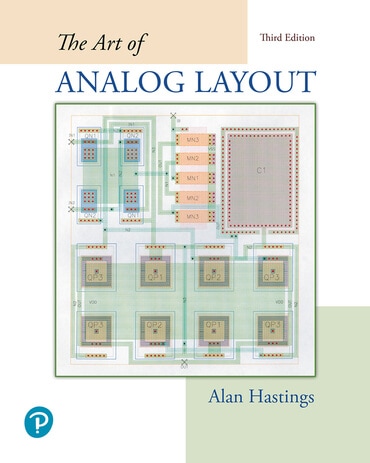Explore how AI is revolutionizing the manufacturing industry with Steven Schmid and Radu Pavel in their award-winning webinar "Latent and Ubiquitous AI: The Future of Machinery."
Engineering
Set students up for success in their courses and careers

Mastering Engineering
Mastering® supports the way engineering students learn best: through engaging, immersive experiences.

MyLab Engineering
MyLab® gives you the tools to easily customize your course and guide students to real results.

Pearson+
Empower students to choose how they learn best with easy-to-use eTextbooks and study tools, available in Pearson+.
Explore features of Mastering Engineering
Prepare your students for class and beyond with Mastering Engineering.
Learn about the wealth of problem types and immediate personalized feedback you can offer your studenting with Mastering Engineering.






Explore titles for engineering
Discover how generative AI and LLMs are revolutionizing engineering! Join Joseph Wilck and explore the impact of these technologies on project management, team collaboration, and decision-making.
Join a panel of professors with extensive experience using Mastering Engineering to learn tips and ideas to get more from Mastering, saving you time and improving student outcomes.






